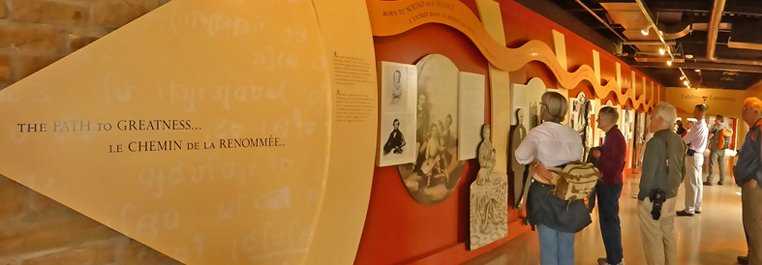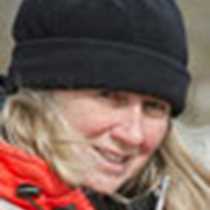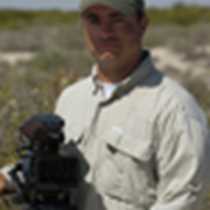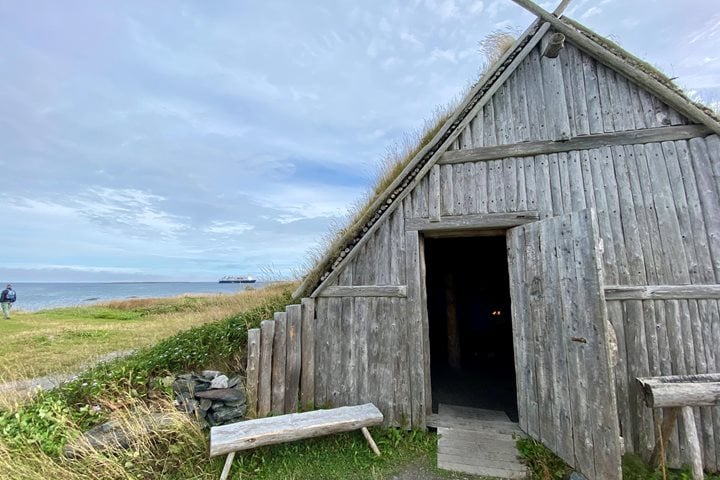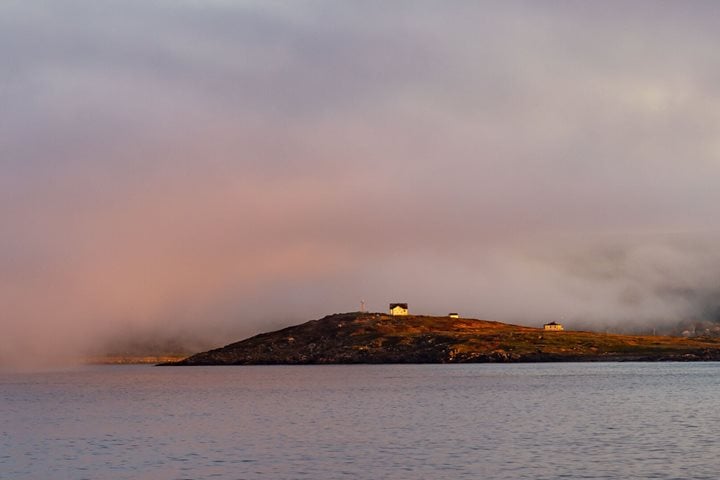We began our day with a visit to Fort Louisbourg on Cape Breton Island, a remarkable historical site that has been lovingly restored by Parks Canada since the 1960s. On a strategically commanding site, the fort was designed to be a headquarters for France in this part of North America, controlling French territory on land and sea, the latter rich with cod. It was an ephemeral dream of imperial grandeur: begun in 1720, the fort was captured by the British in 1746, part of a long and complicated struggle for power in the north Atlantic and Caribbean by these two rival maritime powers, one Protestant, the other Catholic. The restoration is impeccable, the governor’s house and chapel complex grand in the manner of Versailles; the village complex full of interest with interpretative staff in rôle working as gardeners or making excellent hot chocolate, a welcome 18th-century touch.
After our visit to the fort we drove across the island to Baddeck, a beautifully situated community on the shore of St Patrick’s Channel, itself an inlet of Bras d’Or Lakes. The National Geographic connection was celebrated here, with Gil Grosvenor our Global Perspectives guest speaker on hand to advise us at the Alexander Bell Museum, a splendid display of artefacts devoted to the multi-faceted career of his talented Scottish ancestor, including not only an early telephone but the Silver Dart aeroplane. An afternoon sail in perfect conditions on the lake aboard the schooner Amoeba brought chance encounters with bald-headed eagles and close views of the Grosvenor and Bell properties. Lunch was taken at the Inverary Resort Hotel, to the accompaniment of Scottish fiddle music and step-dancing.
The Scottish connection is a strong one. Our guides today were wearing kilts; we were greeted quayside by a bagpiper. Today, more Scottish Gaelic is spoken in Canada than in Scotland and the Canadian Maritime provinces are a last stronghold of the language. Part of the wider struggle between Catholic France and Protestant England was played out in Scotland at the Battle of Culloden in 1746 when the treasonable, Catholic Gaels (as seen from London) were defeated and then extirpated in what some historians go so far as to call ethnic cleansing, a generation of deliberate removal of the Highlanders from their traditional lands to be replaced by more profitable sheep. Culloden took place in the very same year in which Fort Louisbourg fell to the English, part of a global conflict with inter-continental consequences that continue to resonate.

